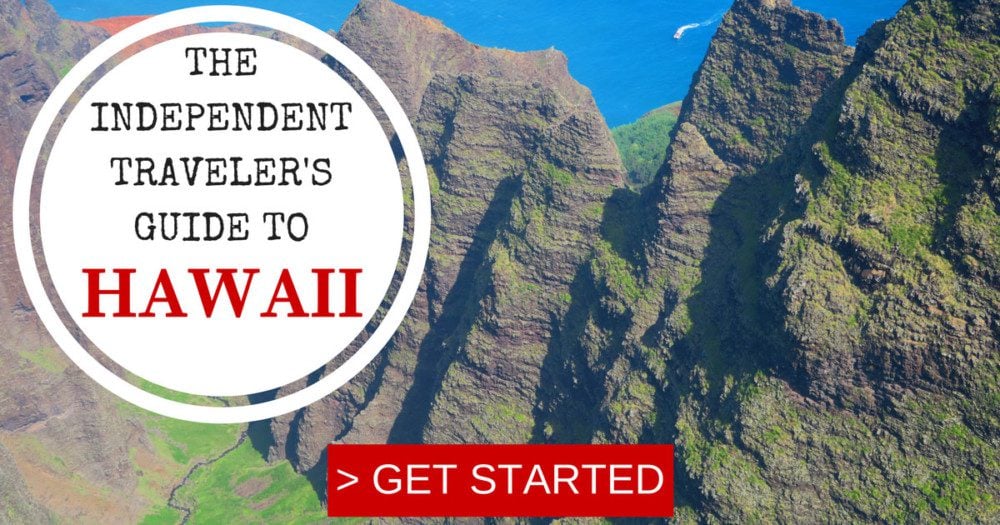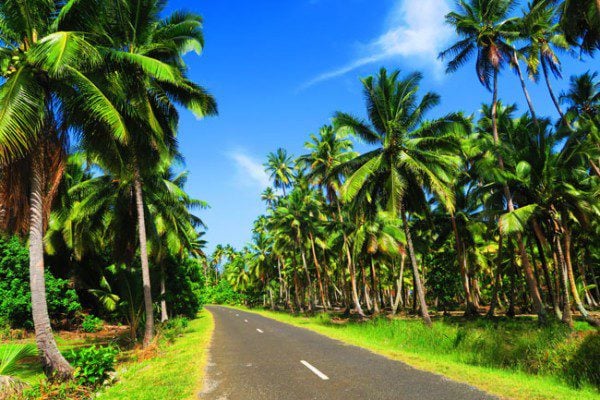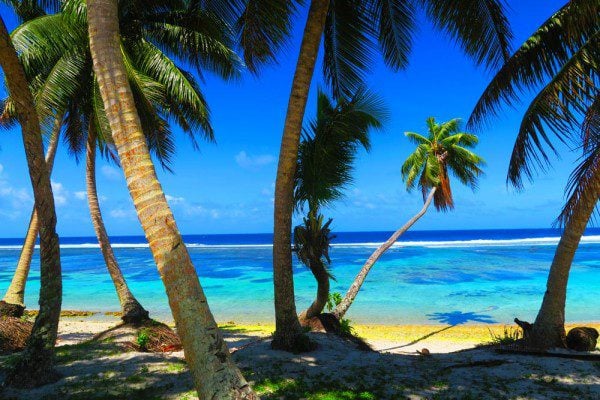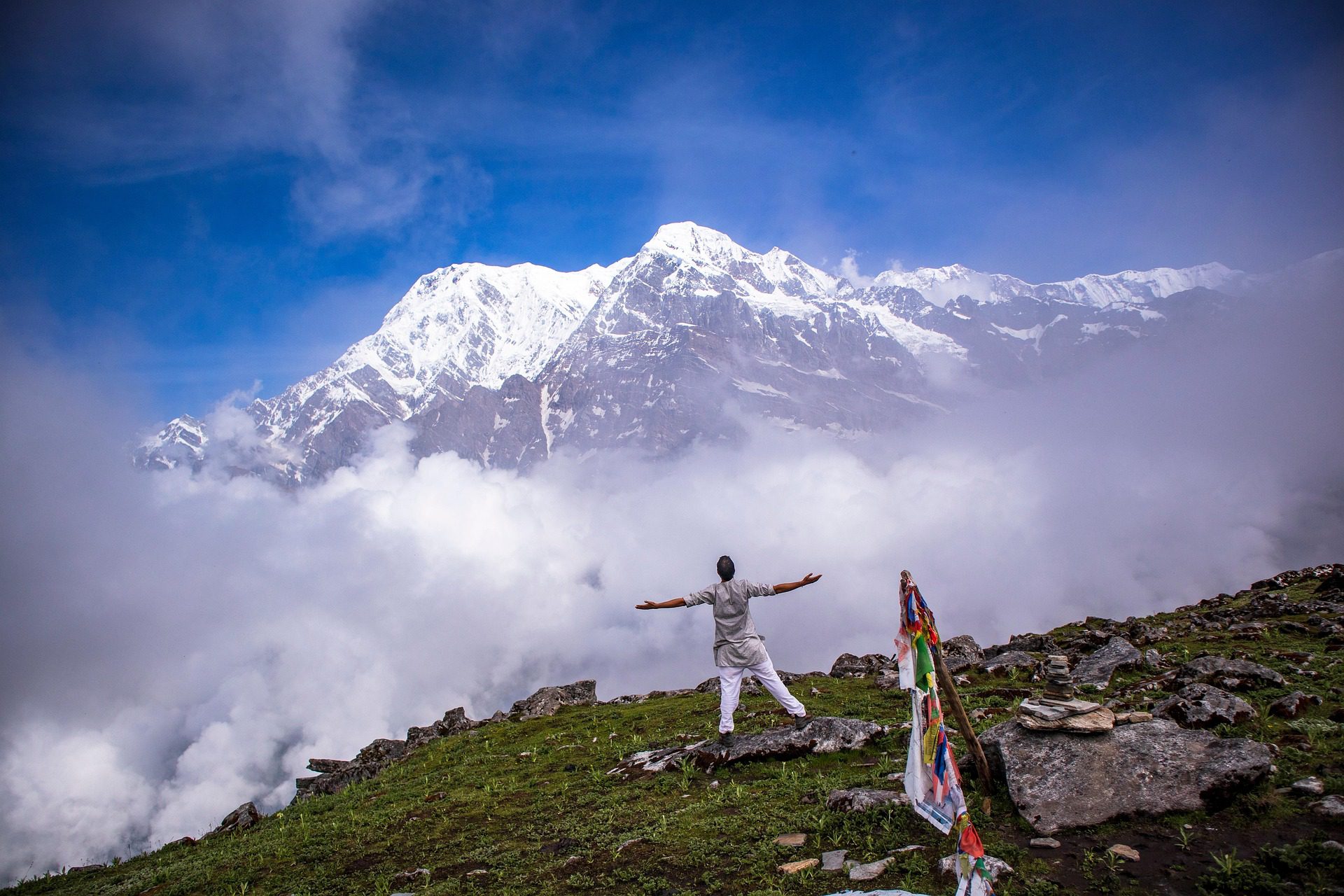The Mother Of All Valleys
Aloha! Last week, we started our great Hawaiian adventure, settling into the charming Lilikoi Inn on the Kona side of the Big Island. This week, it’s time to hit the road and start exploring the youngest of the Hawaiian Islands. In this post, we’ll focus on the northern part of the island where ‘cowboy country’ meets the land of deep valleys.
Visiting Hawaii? Sample itineraries, guides to the best spots, and the must-see highlights in five islands are all waiting for you in the Hawaii Travel Guide collection. Aloha!
Hawaii, Tailor Made!
The Hawaiian islands are among the last places to be colonized by mankind, five main islands, each with its unique personality.
Get expert advice and assistance with planning your trip to the destination where tropical dreams come true!
On a bright Saturday morning, I loaded up Moana – my trusted Suzuki SUV – and together with Christa – a fellow volunteer at the Lilikoi Inn from Austria – headed north from Kona to the Kohala Peninsula – the oldest part of the Big Island. Like the rest of this island, the peninsula is wildly diverse, and the drive is scenic.
While its western coast is sunny and dry, the east is wet, green, and utterly remote. Nevertheless, it’s home to seven majestic valleys carved by millennia of wind and water – the main goal of this road trip. En route from Kona, the views are incredible: to the right snow-capped Mauna Kea, and on the left, lava fields tumbling down into the blue waters of the Pacific Ocean.
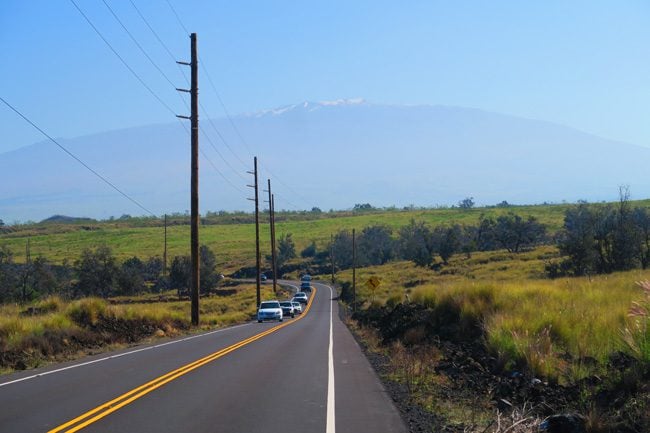
Hawaiian Cowboys? You Must Be Joking!
As I get closer to the town of Waimea, the first stop for the day, the changing landscape raises questions about whether I’m still in Hawaii, a feeling I haven’t had since visiting the Marquesas Islands of French Polynesia last year. The ocean is no longer visible, and there’s nothing but endless green fields, rolling hills, and lots of cows, horses, pickup trucks, and cowboys driving them – not exactly the stereotypical vision of Hawaii you had in mind, right?
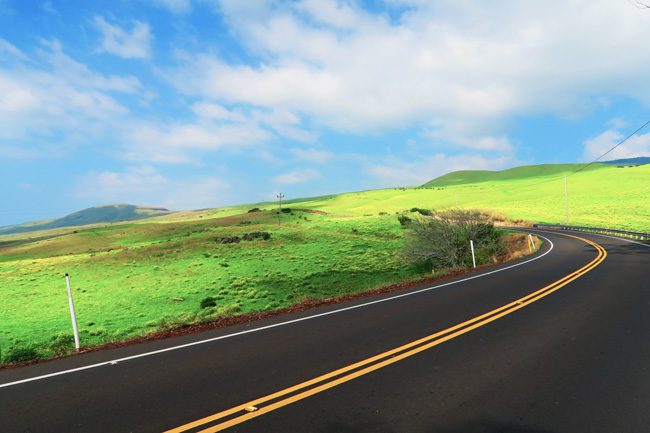
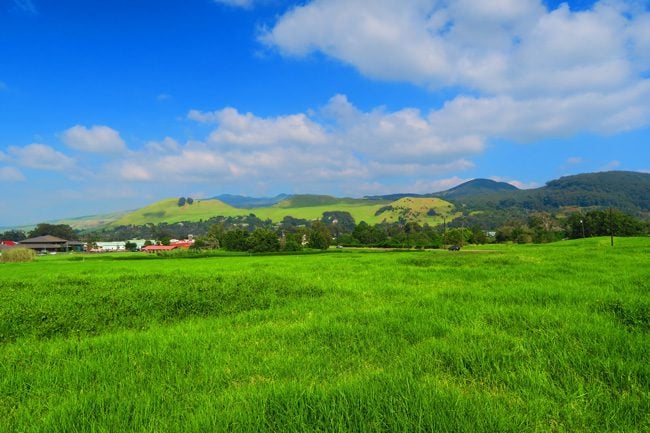
You see, way back in 1793, a British captain honored King Kamehameha I with an exceptional gift: a herd of cattle. King K was so amazed at this bizarre animal that he ordered it to be protected. Unfortunately, within fewer than 20 years, the little herd multiplied to proportions that were difficult for the locals to deal with. Lucky for King K, a rancher named John Palmer Parker jumped ship not too far away and offered assistance in controlling the out-of-control herd.
Later on, Spanish cowboys also arrived, bringing modern riding and ranching techniques taught to local Hawaiians. Finally, the paniolo is born: a Hawaiian cowboy in the middle of the tropics! Today, the Big Island is home to the Parker Ranch – the largest privately-owned cattle ranch in the US. I hope you like hamburgers.
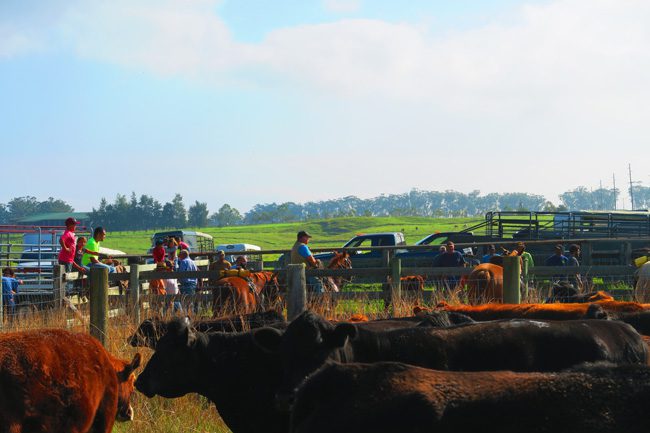
Lots of Organic ‘Stuff’
Waimea is the biggest town around, but it’s hardly a stressful place. It looks like something out of the Wild West that’s been time-warped into the 21st century, with low-rising wooden buildings, old-school signs, and iron horses riding down Main Street. Saturday morning is the perfect time to pay a visit to the first farmers market of the day and check out all the goodies that make you remember why you visited Hawaii in the first place.
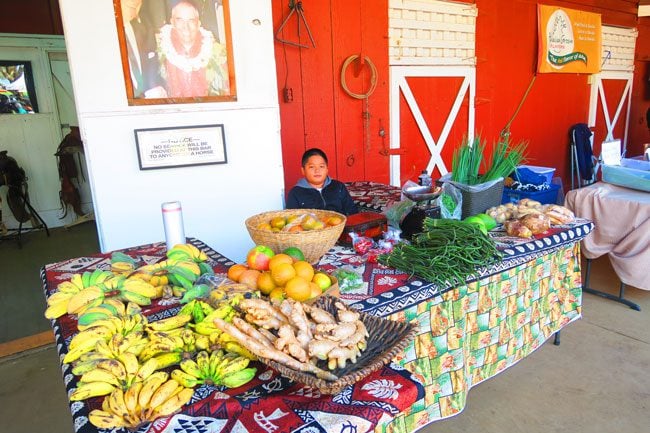
Continuing the northbound quest, the tiny town of Hawi is the next stop. This area of the Kohala Peninsula is the birthplace of King K. If you don’t remember the previous post, King K is kind of ‘da man’ around the island, with schools, roads, shopping plazas, and probably even a clothing line named after him.
If Waimea cast me away to the Wild West, strolling the two blocks of downtown Hawi puts me on heightened alert in case Billy the Kid starts shooting himself out of an ambush from one of the rustic buildings. But it’s all good in Hawi, in fact, excellent. On this sunny Saturday, farmers, hippies, and ordinary families gather beneath a colossal banyan tree in the center of town.
You might have guessed it, a farmer’s market is taking place. Ice-cold coconuts are split open, the smell of roasted coffee is in the air, and there’s lots of ‘organic stuff’ on sale. Local children play hide-and-seek in the massive tree’s nooks and crannies, and a gifted young man plays the ukulele beneath its shade. This market hits the spot and comes with perfect timing for the next stop.
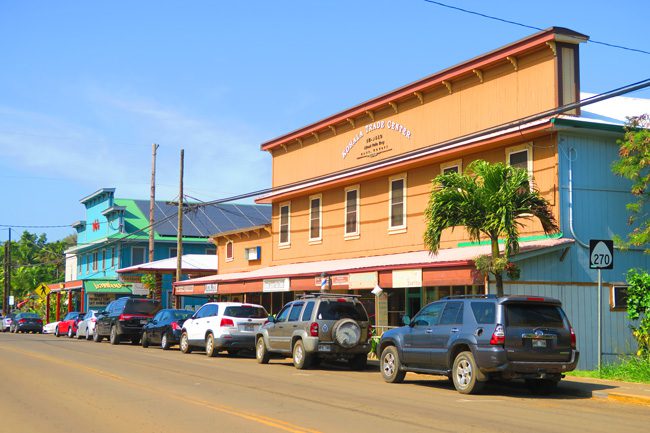
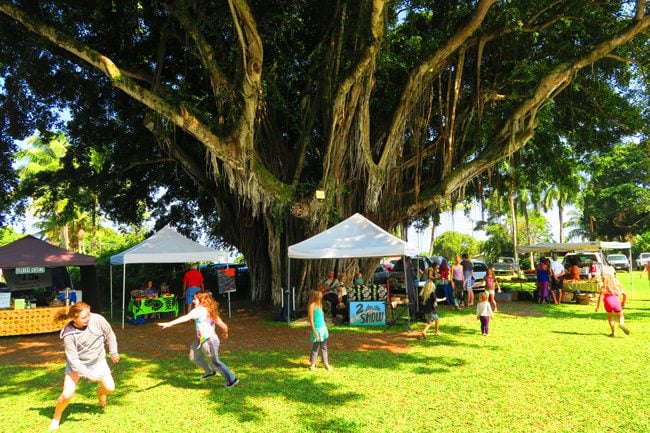
Before the first hike of the day, why not stop for lunch? And if lunch, why not at Keokea Beach Park? It’s a spectacular little cove, and by noon locals are already firing up their BBQs and sliding open their ubiquitous beach chairs – you know, the ones with cup holders on both sides. With sea-smashed cliffs all around you and a river not so quietly flowing from the valley to the beach and ocean – it’s the perfect spot to taste all the ‘organic stuff’ bought at the Hawi market and soak up some Hawaiian sun.
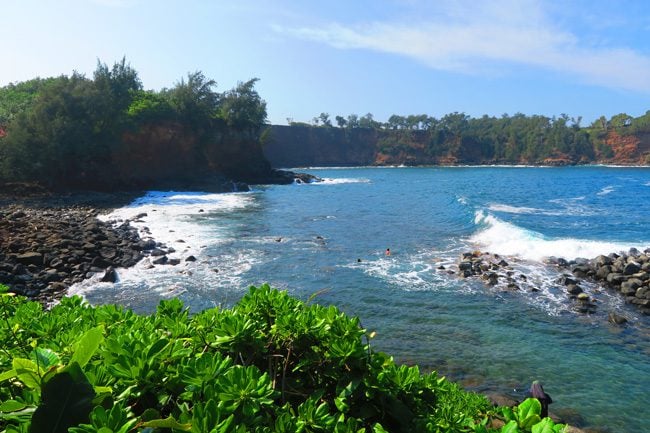
The Valley of the Long Spear
This wild part of the Big Island is home to a series of seven deep valleys, the first of which is Pololu Valley – the next stop. Meaning ‘long spear’ in Hawaiian, the Pololu Valley was formed by millennia of slow erosion, wind, and rain. Before Europeans arrived, the valley was decorated with taro patches, but there’s not much of that left. From the lookout point at the car park, the Pololu Valley is precisely the Hawaii I imagined. So let’s hike down, shall we?
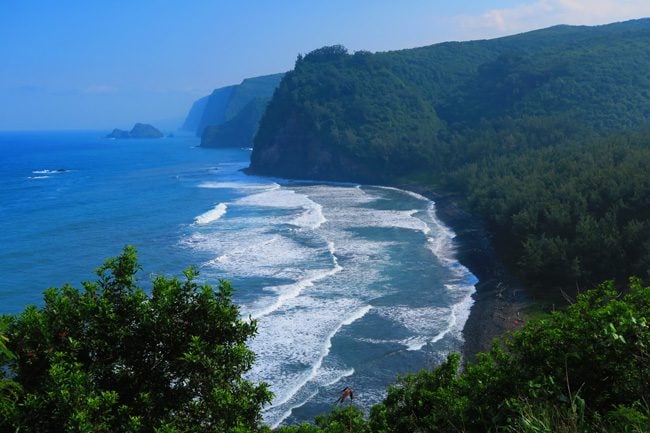
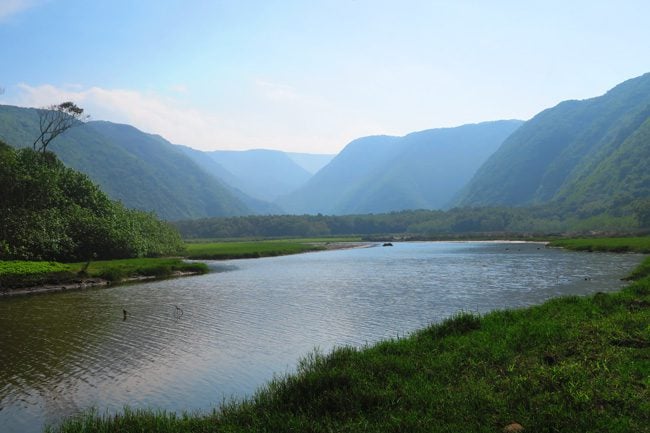
If it hasn’t been raining lately (good luck with that around here), hiking down to the beach and valley floor is relatively easy. Even though there’s not a grain of white sand to be found, the wild and rocky beach is spectacular. Of course, I keep my eyes peeled in case whales breach the waters in front of my eyes, but I can only spot helicopters zipping up and down the coast, likely packed with tourists enjoying the once-in-a-lifetime views through the lens/screen of their digital camera.
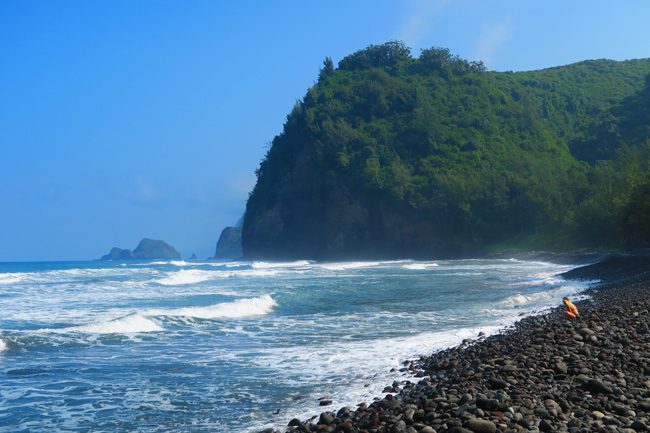
The Mother of all Valleys
Saturday was just the appetizer for Sunday’s main course: Waipio Valley. We’re now on the Hamakua Coast of the Big Island’s northeastern side, where the scenery is wilder, and the valleys are greener and deeper.
Waipio Valley has to be the most beautiful spot on the Big Island – an island already blessed with so many beautiful locations. It is the southernmost of the seven valleys that carve into this side of the island, running inland for over 10kms of thick jungle, freshwater streams, and waterfalls galore. In the past, Waipio (meaning ‘curving water’ in Hawaiian) was known as the Valley of the Kings. It was the seat of the highest ali’i (chief) and home to over 1,000 residents.
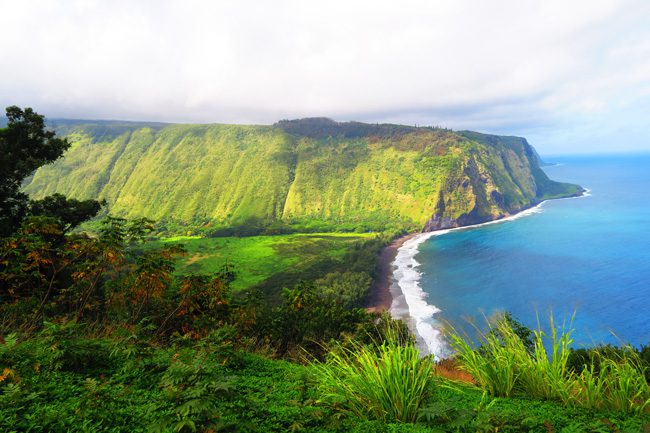
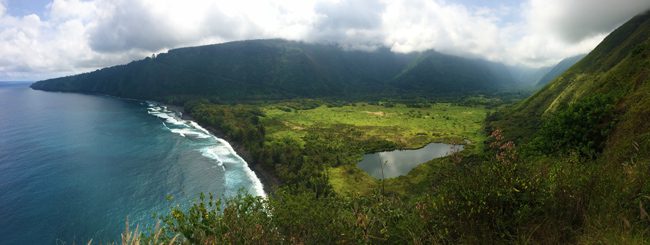
So what are we waiting for? Let’s explore this valley! Well, there’s only one problem.
To reach the valley, you either need a 4X4 (and my Moana ain’t one of those) or hike down one of the steepest roads in the US, blessed with a 25-degree grade and an impromptu junkyard for know-it-alls who thought their 2WDs would get them down safely. The hike down is tough on the knees but easy on the eyes, making swallowing this pill a bit easier. The end of the grueling descent poses two options: right to the beach and left deeper into the valley. Left it is!
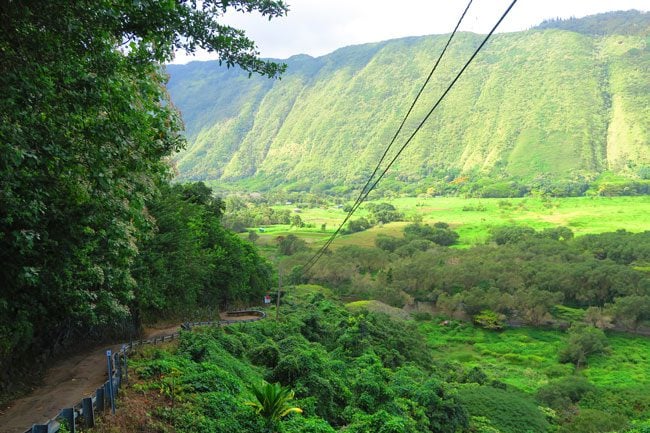
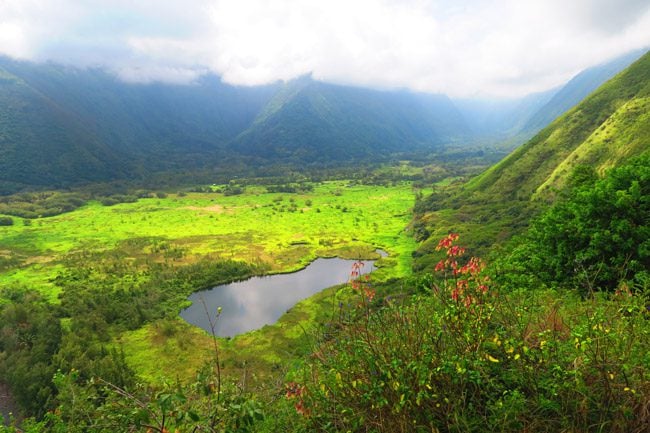
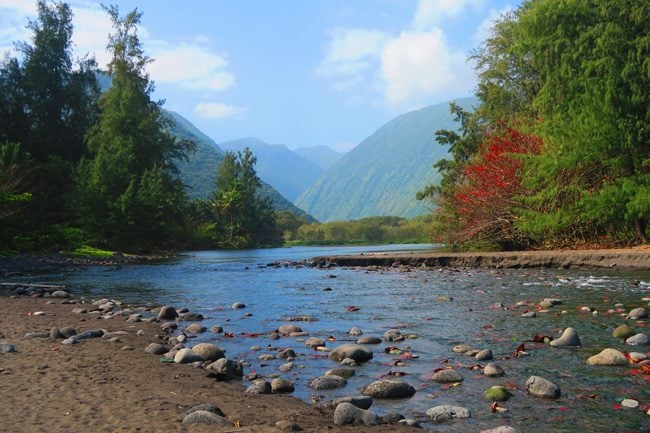
No Aloha Over Here
Today, little is left of the royalty and glamor of the jolly old ali’i days. Instead, a small handful of farmers reside in the valley and aren’t too happy about sharing their paradise with the outside world. And just in case you don’t feel the ‘welcoming’ vibe, there are plenty of smartass signs to help you get the message and evidence of at least some locals having a sense of humor.
This place would be off the grid if it weren’t for the steep road. And on this misty Sunday, the air in the valley smells more like a coffee shop in Amsterdam. Can you really blame the resident folks? What else is there to do around here! Well, there is a one-star attraction, but it requires a bit of effort and a lot of luck – Hiilawe Falls, the ‘X’ on today’s treasure map.
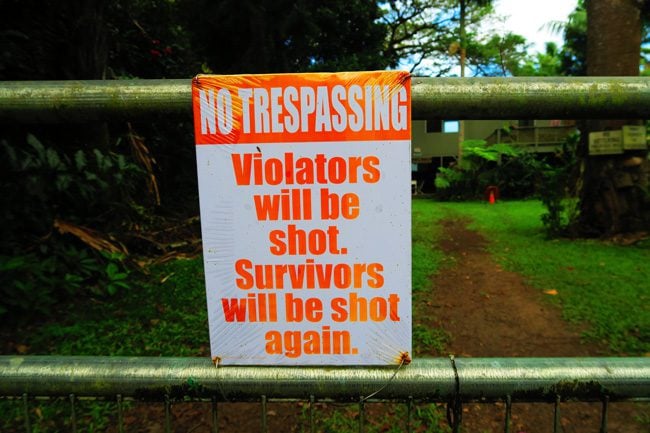
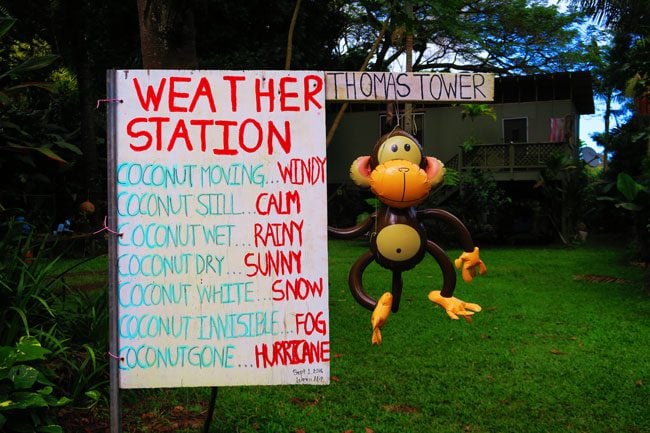
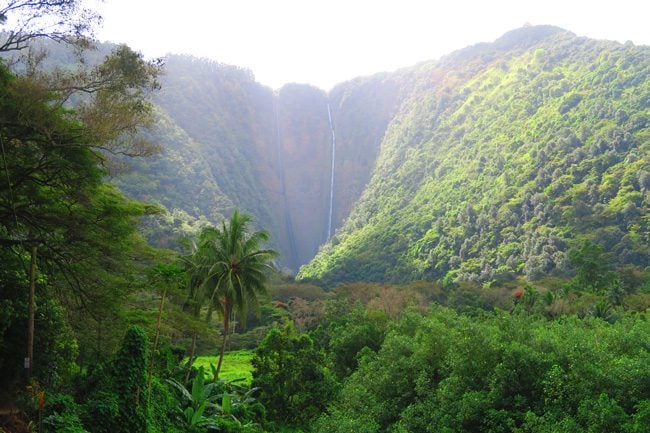
The Secret Waterfall
I’ve heard about these falls from locals who know this island inside out. Apparently, the Hiilawe Falls hide deep in a gorge that feeds into the central valley with many private properties around. You can spot them from afar but getting there requires some rough (and wet) hiking. Without any officially marked trails, you must ask permission from local residents of the valley.
The hike traverses along the banks of a river hidden beneath a moss-covered tropical rainforest. According to the drawing and a few ‘hero stories’ I had heard before, reaching the actual falls involves switching river banks and traversing through neck-deep waters at specific locations. Lucky for Christa and me, we met three friendly hikers who showed us the way. There was Uncle Irv – a local barber who moved out here from Detroit, Captain Patrick – an Alaskan fishing boat captain who comes to Hawaii to warm up in the winter, and Ryan – a young Marshall Islander who clearly has no use for shoes like us ‘soft’ city folk.
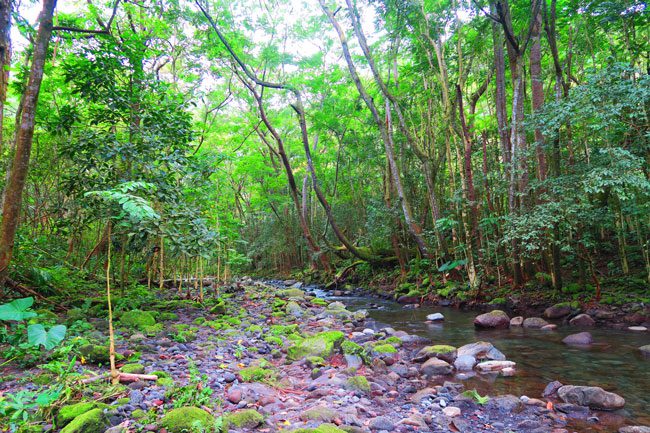
So we switched back and forth across the river, got bitten by mosquitoes a few times, doubted ourselves many times, and walked through neck-deep refreshing water while hoisting our bags over our heads. And when we caught the first glimpse of Hiilawe, we kicked it into high gear and steamed ahead. It reminded me of the epic hike to the Vaipo Waterfall in Nuku Hiva last year – the highest in French Polynesia.
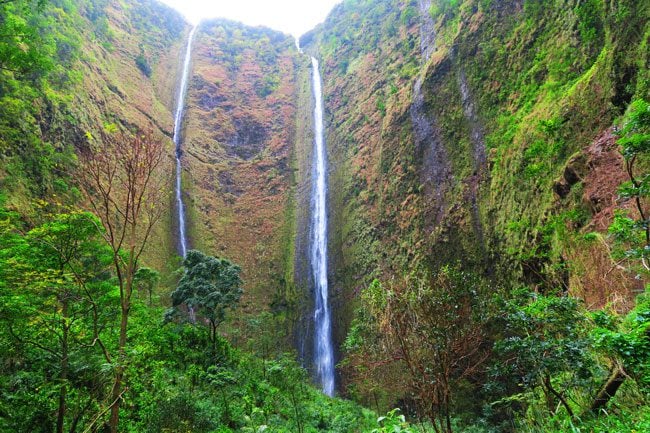
What can I say? Just have a look at the pictures. It really doesn’t get any better than this. At 442 meters (or 1450 feet for you Yankees), Hiilawe Falls are among the highest in the State of Hawaii! Still amazed to have made it out here, we all went for a cold dip, Ryan showed off his cliff-jumping skills, and the force of the waterfall offered us a free (and well deserved) massage!
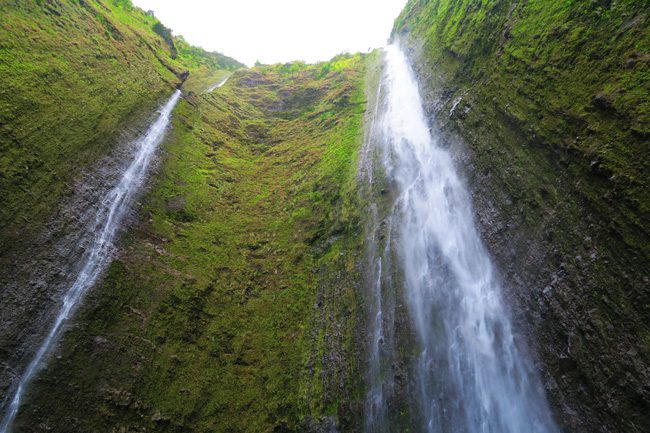
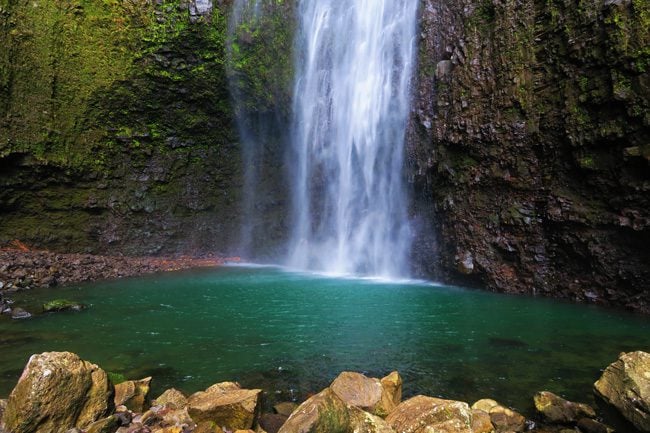
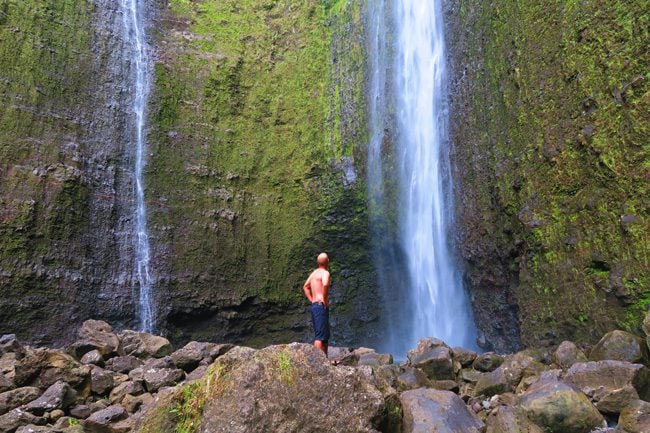
Unfortunately, what comes down in the Waipio Valley must go back up… on that treacherous road. So, before putting the quads to work, we hit the beach for some R&R. With waterfalls cascading straight into the ocean and young Hawaiian keiki (children) learning to surf in the rough waters, this was the perfect way to end the day. And there was even a rainbow smiling down at us on the long drive back to the Lilikoi Inn.
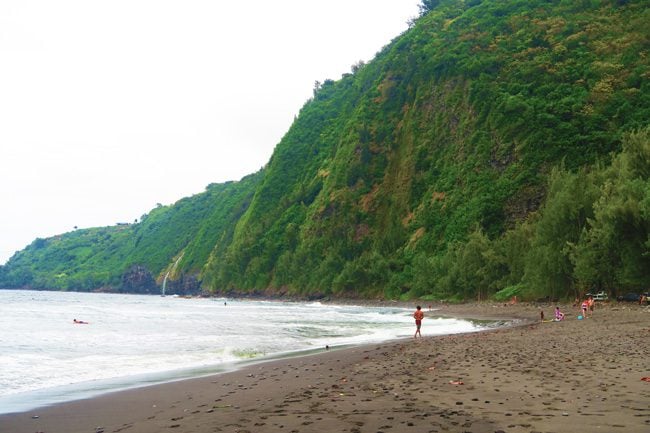
What’s Next?
On the final post from the Big Island of Hawaii, we’ll be on the hunt for some lava in Volcanoes National Park. We’ll also attempt the arduous hike up to the summit of Mauna Kea and check out what all those scientists are really doing up there in their observatories. See you next week!
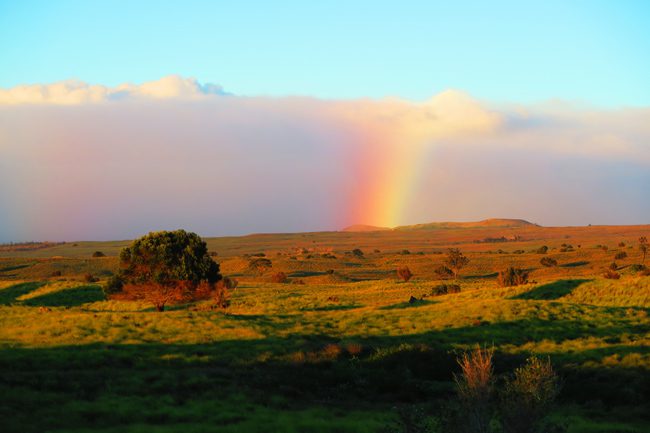
Visiting Hawaii? Sample itineraries, guides to the best spots, and the must-see highlights in five islands are all waiting for you in the Hawaii Travel Guide collection. Aloha!
Hawaii, Tailor Made!
The Hawaiian islands are among the last places to be colonized by mankind, five main islands, each with its unique personality.
Get expert advice and assistance with planning your trip to the destination where tropical dreams come true!
